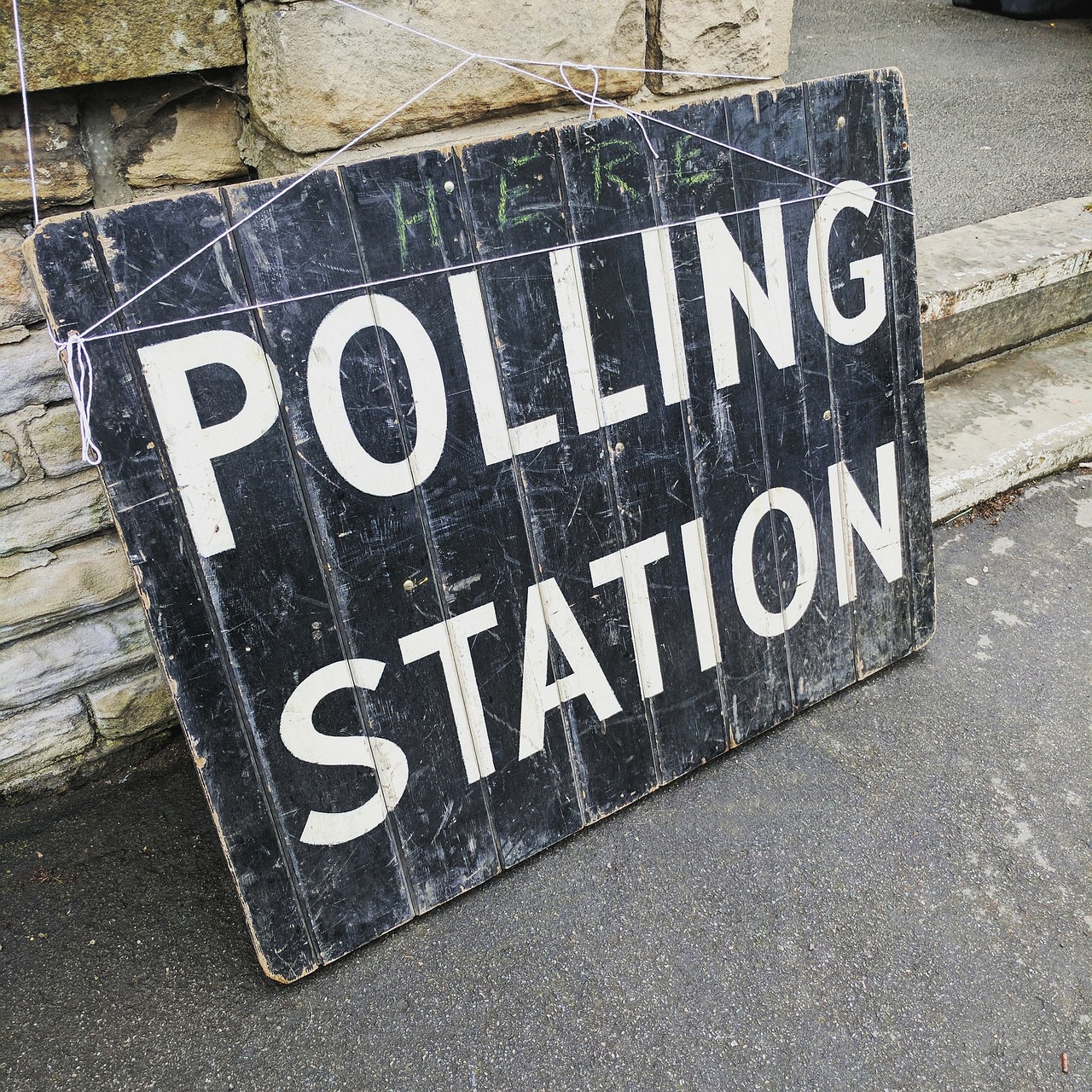The Bharatiya Janata Party (BJP) has been advocating for the "One Nation, One Election" policy, aimed at synchronising elections for the Lok Sabha (the lower house of Parliament) and all State Assemblies. This initiative promises significant cost savings for the government and aims to improve governance and stability in the country. Here’s a closer look at how this proposal could save money and its potential benefits.
What is "One Nation, One Election"?
"One Nation, One Election" refers to holding simultaneous elections for Lok Sabha and State Legislative Assemblies across India. Currently, elections in India are held separately, with different states going to polls at different times, often leading to a cycle of continuous elections. This system can disrupt governance and lead to repeated deployment of resources.
Cost Savings from Simultaneous Elections
Table of contents [Show]
1. Reduced Administrative Costs
The cost of conducting elections in India, particularly the Lok Sabha Elections, is substantial. For the Lok Sabha Elections 2024, an estimated ₹1,20,000 crore is projected to be spent, making it the world's most expensive election. This amount is nearly double the expenditure of the previous Lok Sabha Elections, which was ₹60,000 crore in 2019 and ₹30,000 crore in 2014.
The Central government bears the cost of the Lok Sabha Elections, while the Election Commission's share of expenditure is only 20%, with political parties covering the remaining 80% of the expenses. Additionally, the cost of procuring Electronic Voting Machines (EVMs) has been increasing, with the latest budget allocating Rs 1,891.8 crore for EVMs.
2. Lower Campaign Costs
Political parties spend vast amounts of money on campaigning for elections. For instance, it was reported that in the 2019 Lok Sabha elections, the total expenditure by political parties was around ₹60,000 crore. With continuous elections, parties are in a perpetual campaign mode, leading to high expenses. By having a single election, the cost of campaigning would be significantly reduced, benefiting smaller parties and candidates with limited financial resources, making the electoral process more equitable.
3. Economies of Scale
Holding simultaneous elections allows for economies of scale. Bulk procurement of election materials such as Electronic Voting Machines (EVMs) and Voter Verified Paper Audit Trail (VVPAT) systems can be done more cost-effectively. Centralised training of polling staff and standardisation of procedures across the country can also lead to efficiency and cost savings.
4. Cost Savings
The "One Nation, One Election" aims to save costs associated with conducting multiple elections at different levels. According to estimates, implementing this model could result in savings of about Rs 7,500 crore to Rs 12,000 crore by diminishing the frequency of elections. This initiative is supported by industry bodies like FICCI and CII, who advocate for synchronized Lok Sabha and assembly elections to reduce disruptions and additional costs.
The cost of Electronic Voting Machines (EVMs) in India varies depending on the model. The latest variant, the M3 EVM, costs around Rs. 17,000 per unit. The cost of M2 EVMs manufactured between 2006 and 2010 was Rs. 8,670 per unit. The Election Commission of India estimates that approximately Rs. 10,000 crore would be needed every 15 years to procure new EVMs if simultaneous polls are held for Lok Sabha and state assemblies.








